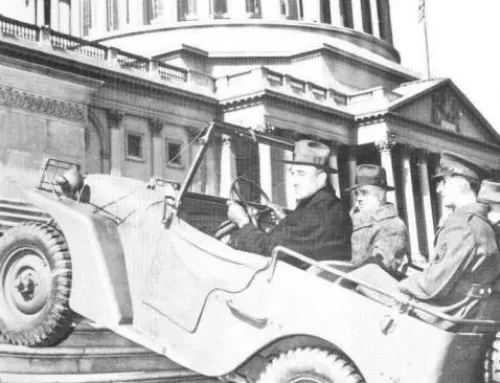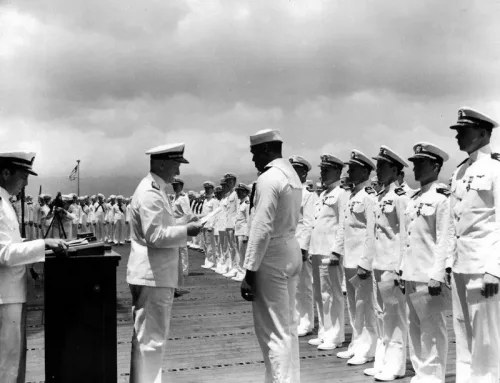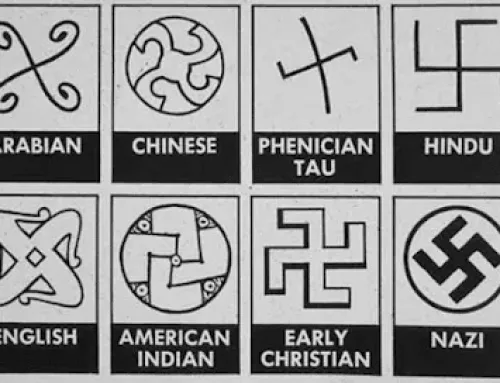The Second Attack on Pearl Harbor
Did you know there was a second attack on Pearl Harbor?
The attack had three objectives: reconnoiter the damage of the original attack to the infrastructure at Oahu, disrupt salvage efforts, and once again terrorize the population. While a significantly smaller attack than the one three months earlier, the March 1942 bombing raid was the longest-distance run of the war.
The H8Ks, with a 124-foot wingspan and a top speed of nearly 300 mph, took off from Wotje Atoll in the Marshall Islands on March 3 and flew in the dark toward Oahu, each plane carrying four 550-pound bombs. They were detected by U.S. radar about 200 miles out, and American fighter planes were scrambled to intercept them. Without airborne radar, the fighters could not find the H8Ks. But bad luck fell upon the Japanese raiders, who had been counting on a moonlit night to spot their targets.
The H8Ks reached Oahu in the early hours of March 4, but a canopy of heavy rain and dense clouds covered the southern half of the island and obscured most landmarks. Unable to see Oahu due to a wartime blackout, there were virtually no artificial lights on the ground to guide the pilots. One pilot is presumed to have dropped his bombs harmlessly into the ocean while the other struck the slopes of Tantalus Peak, an extinct volcano cinder cone just north of Honolulu. Aside from a few blown-out windows, no damage occurred to any structures.





